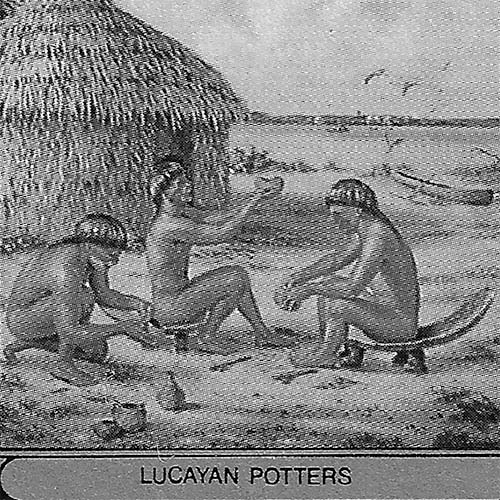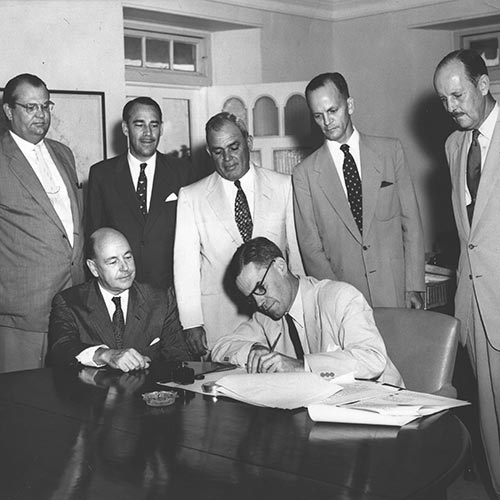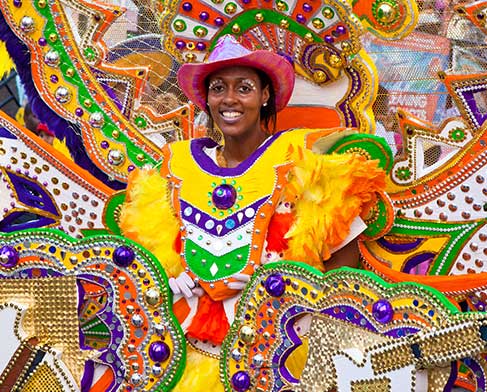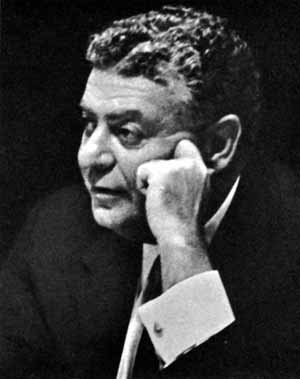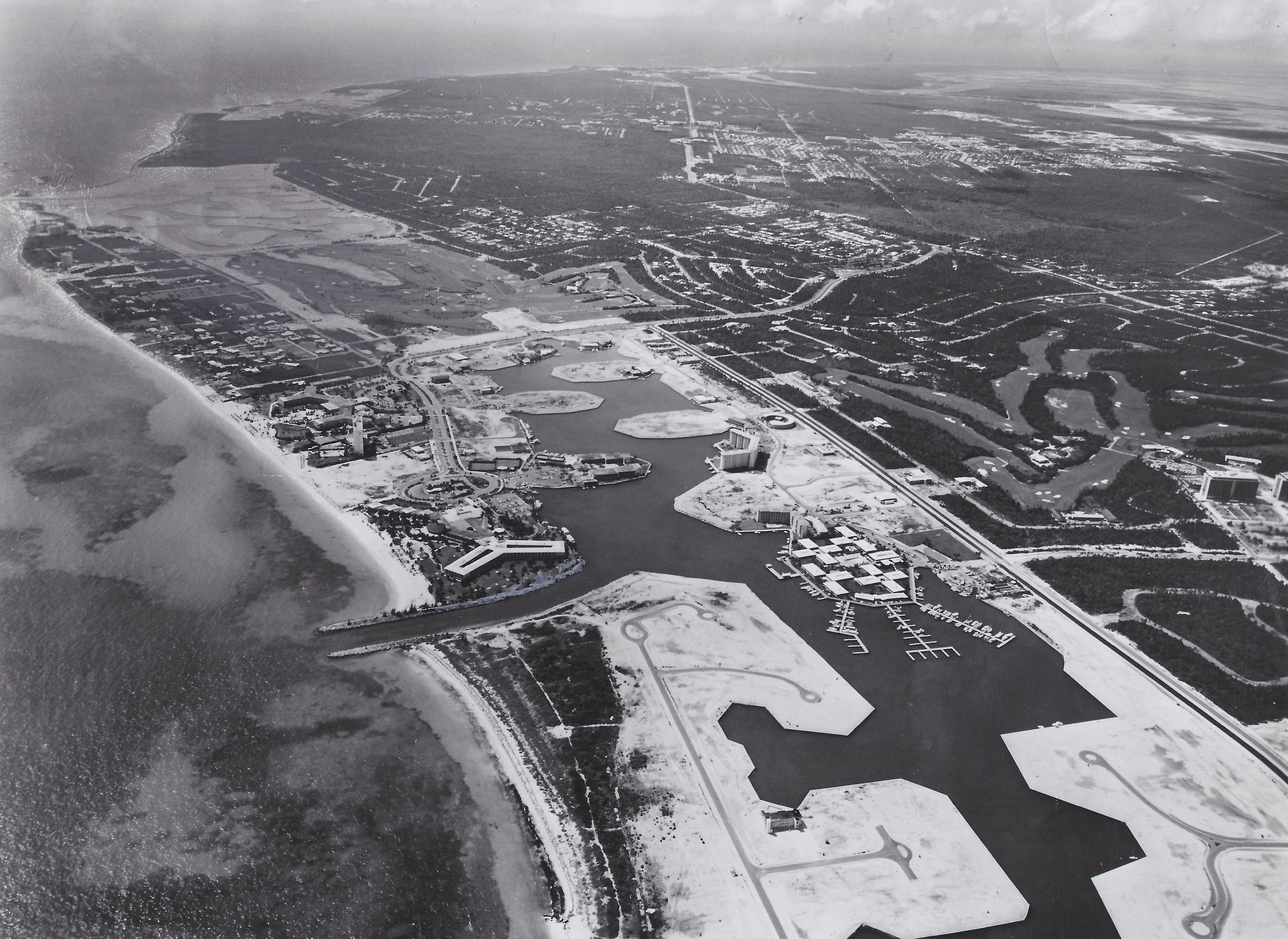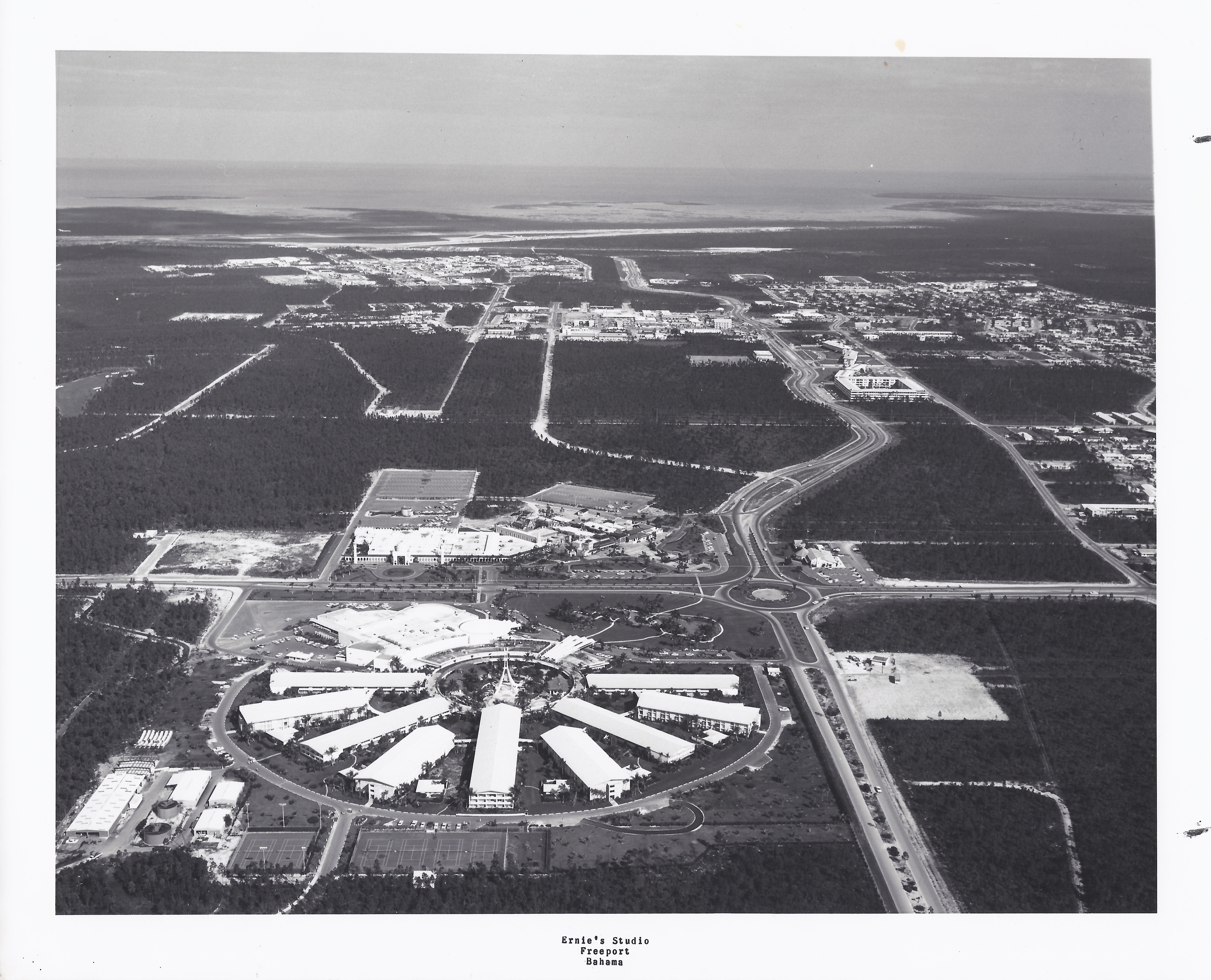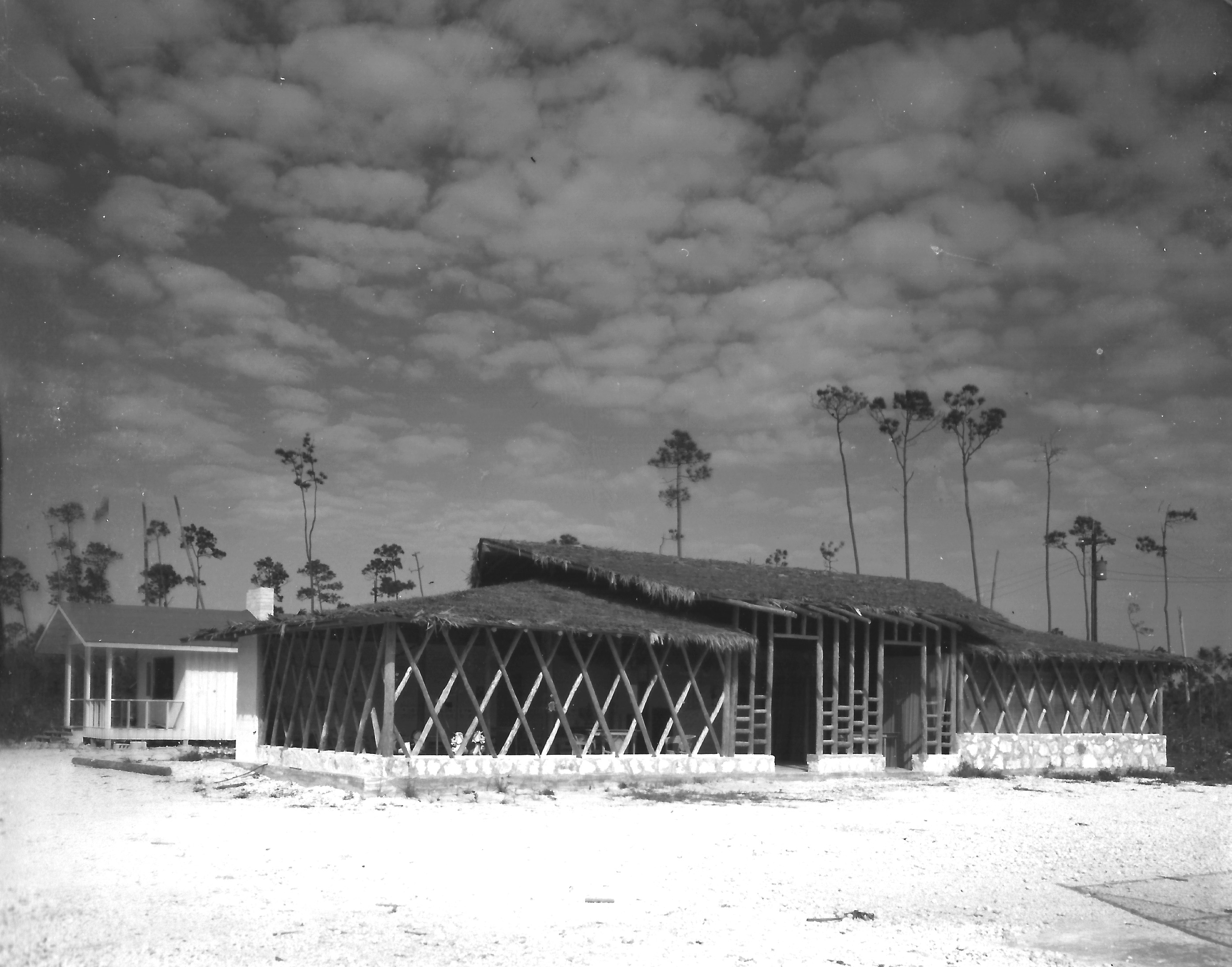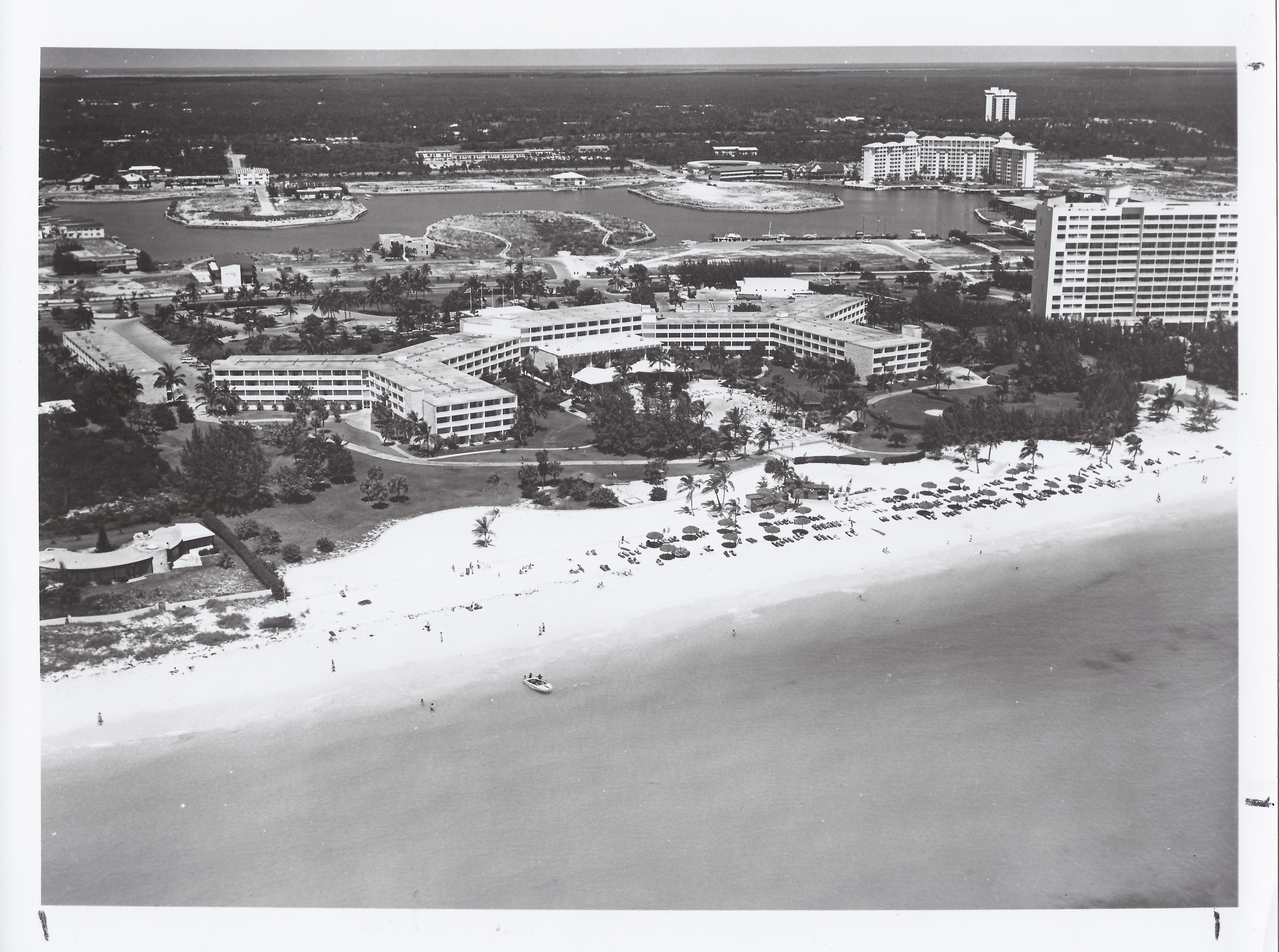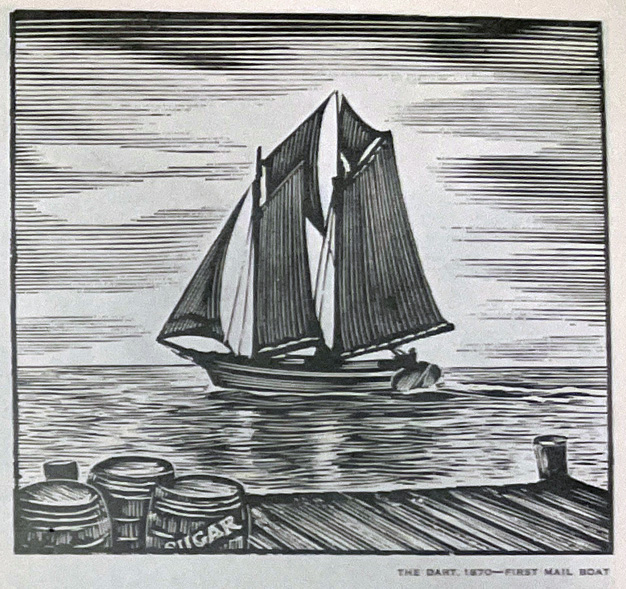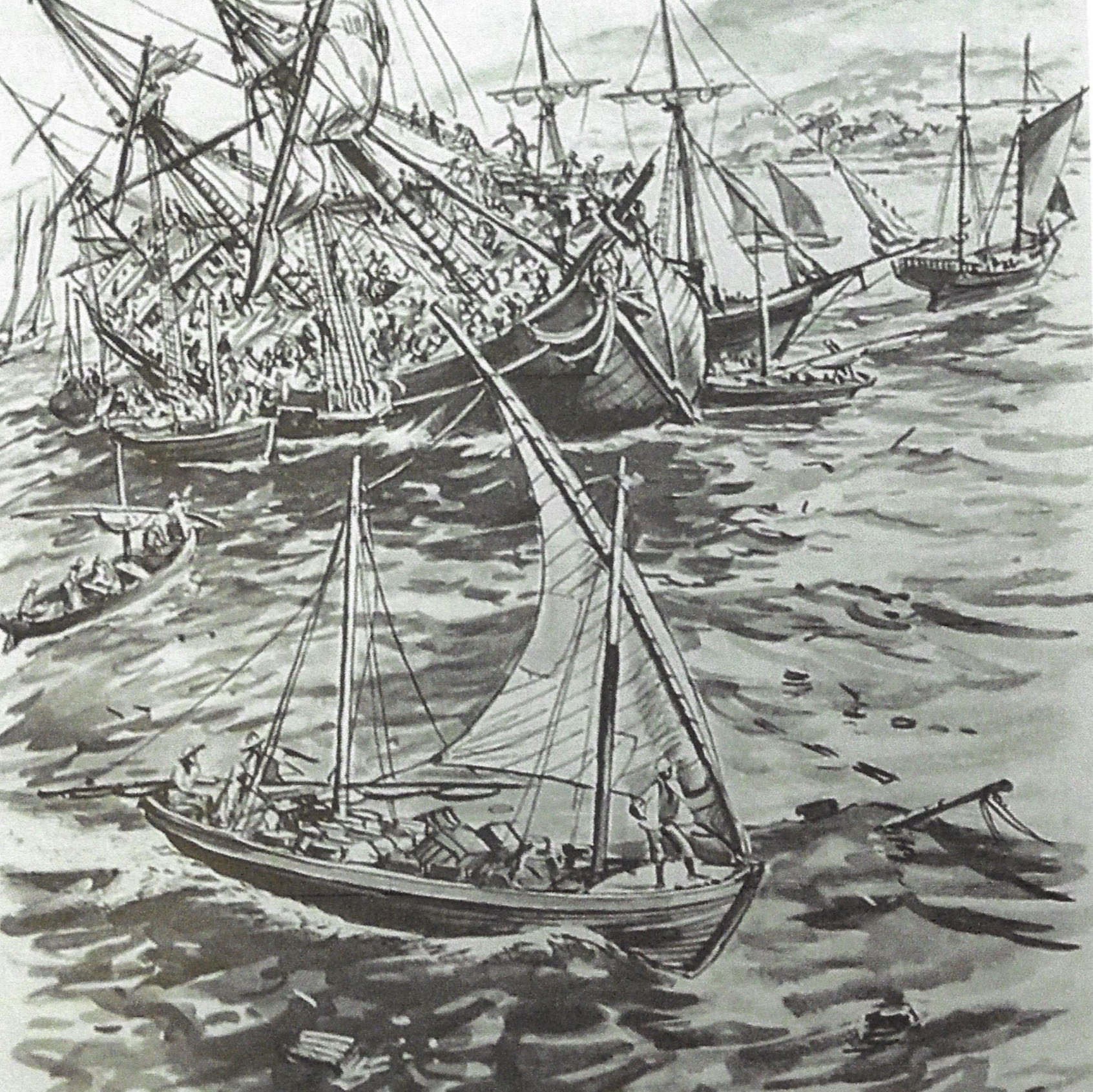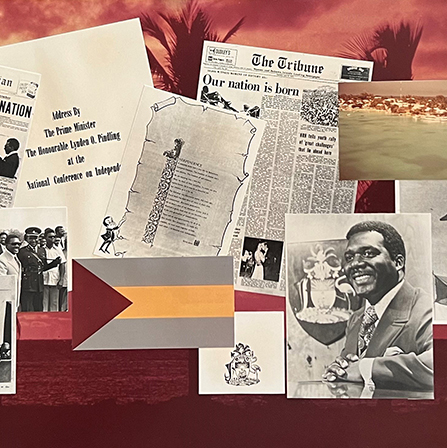History
Lucaya - Realizing Promise & Potential
In 1960, an Amended Hawksbill Creek Agreement broadened focus of the Port Authority from Wallace Groves’ original concept of industrial development to include development of a resort and residential sector on the newly-acquired property.
New investment in infrastructure called for both massive additional funding and the recruitment of men and companies capable of realizing the potential of the Lucaya property. Charles and Herbert Allen of Allen & Company, New York introduced a successful if notorious developer of communities in Florida, Canadian promoter Louis A. Chesler.
Lucaya – the “New World Riviera”
Chesler had made his fortune in Canadian uranium mining stocks. He moved his operations to Florida where his General Development Company built developments in Florida at Port Charlotte, Port Malabar, and Port St. Lucie, in what could serve as a model for Grand Bahama.
He was also heavily involved in the motion picture production and distribution business, as chairman of Seven Arts, a company that bought the rights to various old movies and cartoons. Chesler and his partners had bought a controlling interest in Seven Arts and engineered the purchase of the Warner Brothers pre-1948 film library in 1956.
A new corporation, the Grand Bahama Development Company (DEVCO), was created in the fall of 1961 to undertake the task of building new hotels and housing developments. Chesler brought $12 million to the table by pressing Seven Arts into investing $5 million in DEVCO, with another $5 million from Loredo Mines, plus a loan secured through a New York bank (the actual cash coming indirectly from Seven Arts).
Half the DEVCO stock was issued to the Port Authority, with Seven Arts (Bahamas) and Loredo Uranium Mines receiving 20.75% each. Lou Chesler personally acquired 8.5% and was appointed chairman of the company. For this investment, the new corporation received 102,305 acres of Port Authority land that in time became known as “Lucaya.”
Lucayans were the original inhabitants of the Bahamas before arrival of Europeans. They were a branch of the Taínos who inhabited most of the Caribbean islands at the time. "Lucaya" is an Anglicization of the Spanish Lucayos, which was derived from the Taino Lukku-Cairi, meaning "people of the islands."
Chesler vs. Groves
Although such investment was essential for the development of “the New World Riviera,” Chesler was the sort of investor that Groves had purposefully steered clear of earlier. He was a bombastic promoter “with suitcases full of money” who was more interested in speculation and land sales than in careful community growth.
The two men did not hit it off. Georgette Groves noted that it had been her husband’s intent (once he accepted the necessity of furthering tourism and residential construction) “to build a creatively designed community which would be cosmopolitan, yet one which would reflect the pleasant, relaxed atmosphere characteristic of all of the Bahamas.”
Chesler, on the other hand, wanted the money that an enormous resort like Palm Springs, California could bring, and sought to sell property to opportunist speculators more than to the solid citizens who would have a long-term interest in Freeport, which Groves preferred.
Freeport Expansion
Freeport continued to expand exponentially. “Almost overnight, Freeport took on the appearance of a gigantic construction camp,” noted Georgette Groves.
Construction began on a 200-plus room hotel required for the 1960 Supplementary Agreement by the end of 1963. This goal was pursued with the building of the $8 million Lucayan Beach Hotel – a project that would result in headaches for all involved.
In 1962, D. K. Ludwig resurfaced and began planning an immense project on land he owned south of downtown Freeport. It included two new hotels (the King’s Inn and the Xanadu Beach Resort), a 1,500-home housing development (Bahamia) and a championship golf course (The Emerald). He signed an agreement with the Port Authority in late 1963 to begin work on his grand project; with the 300-room King’s Inn opening on January 26, 1965. The Xanadu Beach Resort was built in 1968.
The concept of an international shopping center, proposed earlier as “Hong Kong West” but never begun, was revived as the “Crossroads of the World” – later becoming the International Bazaar. Work began on this development in 1965.
Cultural Character Comes
The cultural character of the community was enhanced by the founding of Freeport Players Guild by Jack Hayward, a Sports and Social Club for full-time employees (of all races) of the Port Authority licensees, and a Garden Club dedicated to making Freeport beautiful.
Although the sight of society women digging in the dirt to plant decorative shrubs and flowers puzzled older inhabitants, the Garden Club was able to make considerable progress in making the bare limestone landscape blossom with plantings provided by Walter Rose at the Lucayan Nursery.
Freeport residents organized local branches of the Rotary and Kiwanis service clubs, the former in January 1962. A new Freeport High School was built, and the old building turned over to the Methodist Church, and the Christ the King Anglican Church was consecrated.
Hayward was also responsible for adding another cultural feature to Freeport – a touch of Colonial Anglophilia that greatly appealed to upper-class visitors visiting the island. He imported a classic red double-decker London Routemaster bus, a black London cab that he drove around in along with a few standard British phone booths. Other English touches included the faux-Tudor Pub on the Mall, the Britannia Pub and the massive bronze head of Winston Churchill in Churchill Square.
New Businesses Added
New businesses opened, including the Todhunter-Mitchell distillery, Leader Beverages a soft drink bottling company, the Freeport Trading Company that provisioned visiting ships and supplied local retailers with goods. In 1965, a Winn Dixie market opened. The $50,000,000 Bahama Cement Company was officially opened by Bahamian Premier Sir Roland Symonette on March 15, 1964. Other resort hotels included the downtown Freeport Inn, while construction began on the grand 614-room Holiday Inn in Lucaya and the 168-room Oceanus Inn on Bell Channel Cay.
A police station was built and manned by 18 Bahamian officers. Crime figures in Freeport were low, but they had increased in local Bahamian communities.
